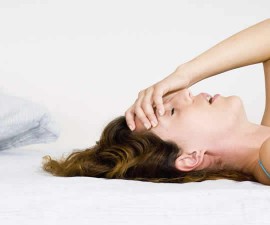The management to cope with burn pain on finger is not always easy. Typically, the treatment approach is also dependent on the type and severity of the problem. However, there are some options (both treatments and natural remedies) to help ease the problem.
3 Main types of burns
These include first, second, and third-degree burns. Each type is different and usually requires different treatment approaches, too.
First-degree burn
This is the mildest stage. Typically, it causes pain and reddening of outer layer of the skin (epidermis). If compared to other burns, it is relatively easier to treat.
Second-degree burn
It is also often considered as partial thickness burn. If compared to the first-degree burn, it affects the deeper layer of the skin (both epidermis and dermis), causing painful symptoms, swelling, redness, and blistering.
Third-degree burn
It is the most advanced stage, the phase of when the burn goes through dermis and deeper layer of the skin. The complications include blackened /white, charred skin. The effected skin may be numb.
How do you get the burn?
There are numerous causes of the problem. But mostly, it is caused by the following conditions:
- Exposed to dry heat (like fire).
- High friction.
- Radiation.
- Liquid heat, such as hot liquids or steam.
- Electricity accident.
- Too much exposed to the sun.
- Scalding liquids.
- Heated objects.
- Exposed to harmful chemicals.
- Etc.
How to treat and ease burn pain on finger?
Your fingers are one of the most prone sites of your body to get burn, since you often involve them in your daily activities to touch and grip a lot of things.
The treatment is dependent on the degree and type of burn. And as noted before, first degree burn is typically easier to treat than second and third degree burn.
The good news, most cases of minor burn on finger will heal easily or even without any treatment. And if the treatment is necessary, home treatment is usually enough. But again, this depends on the severity of the problem.
If you experience a more severe injury, there are some helpful immediate ‘first-aid’ home treatments while you arrange for an evaluation by a doctor. These include:
- Cool your burn by running water (cool, not cold) onto the burned area for about 10 to 15 minutes. But avoid applying ice or butter since this can increase the risk of skin damage.
- Cover the affected area with a dry, clean towel to reduce the risk of infection.
- Remove any ring, clothing, or other tight items in the affected area. Do it gently and as soon as possible before the burned skin swells, otherwise these stuffs are more difficult to remove.
- There are some blisters that may form in the burned area, don’t break them! If they break, use water and mild soap to gently clean the area! If necessary, apply an antibiotic ointment afterward to reduce the risk of infection and then cover the area with a nonstick gauze bandage!
- In some cases, applying moisturizer, gel, hydrocortisone cream (low dose), or aloe vera lotion may help. But if you are going to see a doctor immediately, you may not need applying any medicine or salve so thus your doctor can accurately assess and diagnose your burn.
- In addition, your burn may not be the only one. Look also for other injuries!
The burned finger can lead to other discomfort symptoms, especially such as pain. The following approaches may help ease burn pain:




